Wholesale Cosplay Costume Fabric Suppliers
-
Wholesale cosplay costume fabric suppliers provide bulk printed, stretch, and safety-rated textiles for costume makers and event retailers.
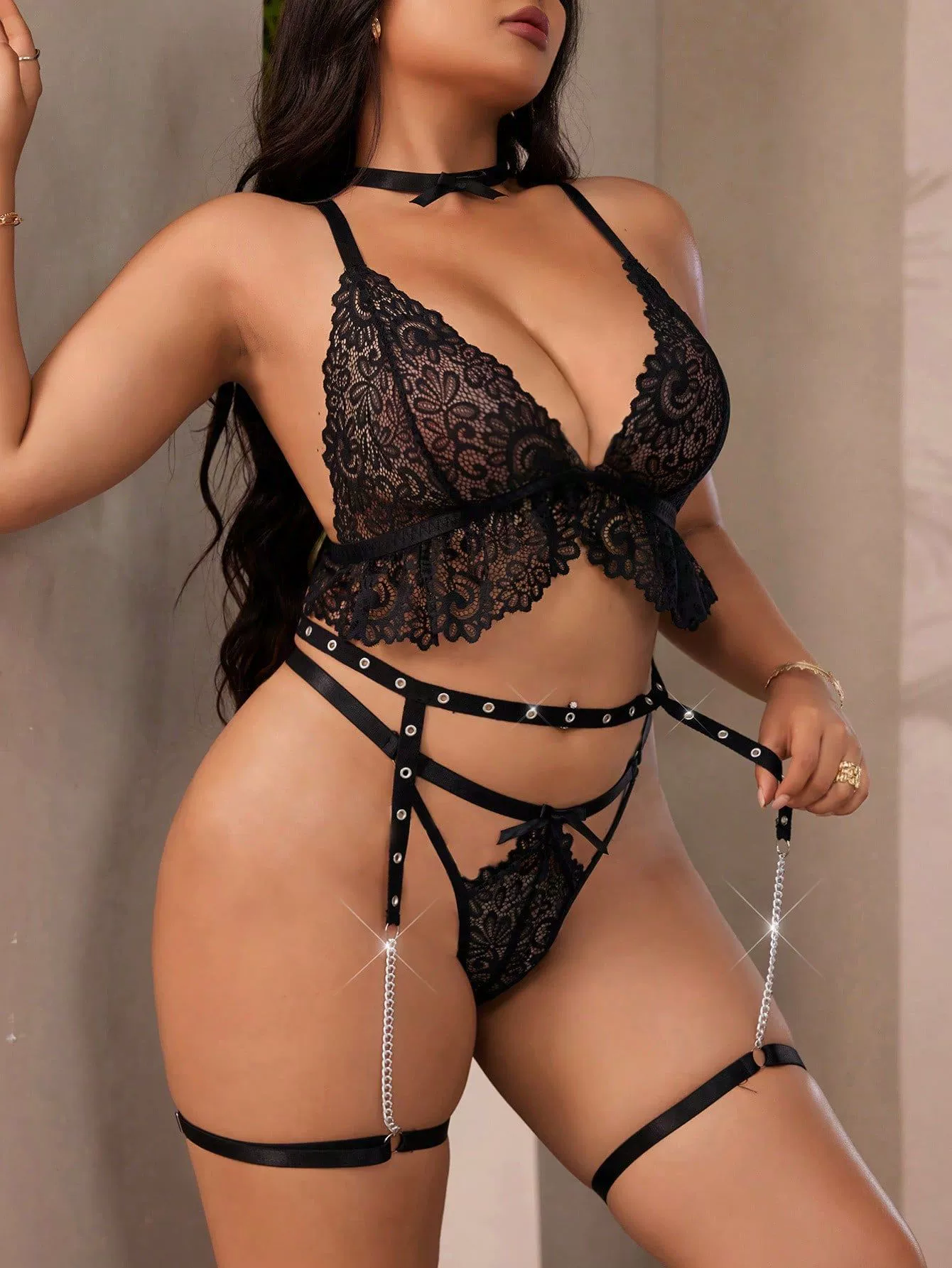
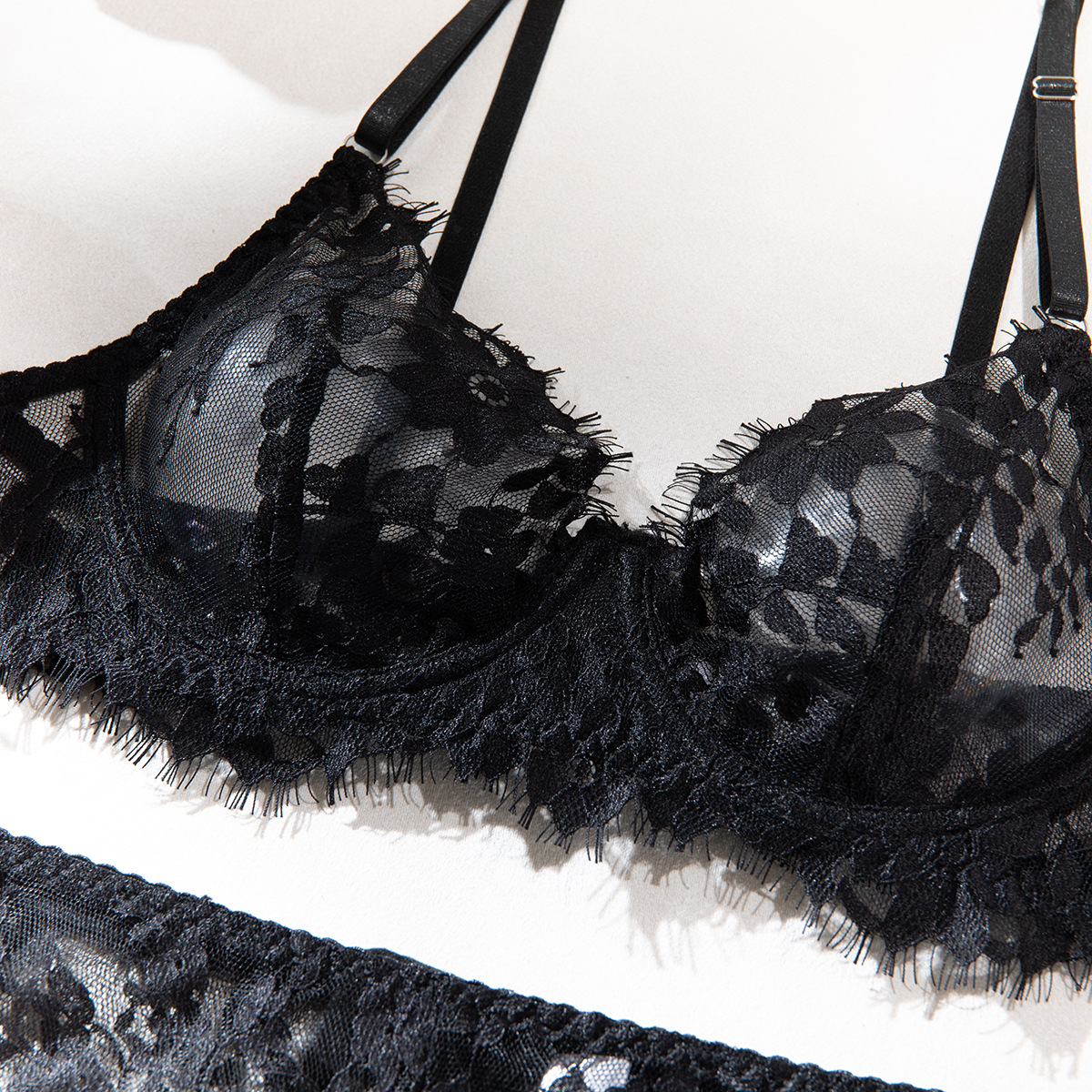
wholesale cosplay costume fabric suppliers connect designers, manufacturers, and hobbyists at scale. Our supports conventions, studios, and independent makers with bulk textiles. Buyers often seek specialty prints, stretch blends, and flame-retardant bases for safety compliance. Sourcing from trustworthy suppliers reduces sample time and prevents costly production delays. Many wholesalers supply pre-printed panels and yardage to match seasonal trends and franchise palettes. Price transparency and clear minimum order quantities matter most for small brands. Reliable suppliers also provide test certificates and dye lot records on request. Working relationships build over repeated orders and open communication. Retailers and ateliers depend on stable supply to meet cosplay event calendars. Understanding market mechanics helps buyers select partners who match both creative and operational needs.
Market Overview
wholesale cosplay costume fabric suppliers operate within a fast-moving niche. Demand spikes around film releases, anime seasons, and convention calendars. Suppliers in major textile hubs produce tailored runs for licensed properties. Many smaller wholesalers specialize in stretch fabrics and specialty laminates. Pricing structures vary by raw material, print complexity, and order volume. Bulk purchasers value predictable lead times and consistent color matching. Regional hubs often offer quicker transit and lower freight costs. Technology such as digital printing has shortened sampling cycles dramatically. Wholesale directories and verified marketplaces help buyers compare vendors efficiently. Established buyers track supplier reliability through repeat orders and inspection reports. Market clarity reduces risk for designers and brands launching new costume lines.
Material Types & Specs
wholesale cosplay costume fabric suppliers stock diverse textiles to suit costume needs. Common options include polyester spandex blends, cotton twills, and specialty brocades. Knit laminates provide stretch for bodysuits and activewear cosplay pieces. Woven satins and crepes work well for formal character garments. Flame-retardant finishes meet venue safety rules for large performances. Suppliers often list GSM, stretch percentage, and care instructions on spec sheets. Buyers request colorfastness tests and wash trials for reliability. When texture matters, sample swatches reveal hand and drape accurately. Technical datasheets accompany industrial orders to ensure machining compatibility. Matching fabric to pattern requirements avoids fit problems in production runs. Smart material selection shortens assembly time and improves final costume durability for end users.
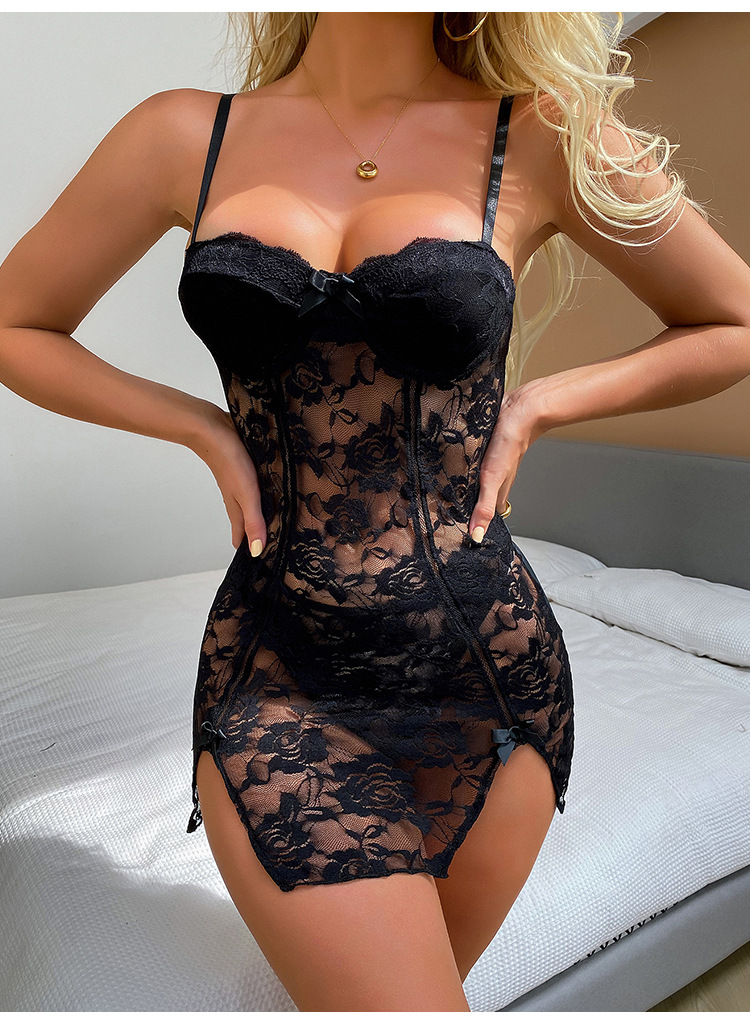
Wholesale cosplay costume fabric suppliers: Sourcing Strategies
wholesale cosplay costume fabric suppliers require strategic sourcing to win on cost and quality. Buyers start with clear technical briefs and desired lead times. Requesting small lab dips or print proofs validates color accuracy early. Consolidating similar SKUs into one order lowers unit costs. Negotiation often includes tooling credits or staggered MOQ tiers for larger brands. Working with vendors who offer in-house printing reduces coordination headaches. For licensed properties, verify fabric usage rights before mass production. Freight terms and customs paperwork influence landed cost significantly. Many buyers split risk across two suppliers to mitigate supply chain disruptions. Investing time in supplier audits pays off through consistent quality and shorter time-to-market.
Quality control and compliance practices
Quality control remains essential when dealing with bulk costume textiles. Many wholesale cosplay costume fabric suppliers provide pre-shipment inspection reports. Test points typically cover dimensional stability and color migration under heat. Requesting third-party lab certificates helps verify flame retardancy and harmful substance limits. Production-stage photos reduce surprises during cutting and sewing. Clear defect allowances in contracts prevent ambiguous disputes after shipping. Implementing a staged inspection routine catches problems early and saves rework costs. Sample retention policies allow future forensic checks when needed. Brands that define acceptance criteria upfront experience fewer returns and stronger supplier relationships. Consistent QC practices build trust between designers and manufacturing partners.
MOQ, pricing tiers, and negotiation levers
Understanding MOQ and pricing tiers helps buyers plan production runs better. Wholesale cosplay costume fabric suppliers often publish tiered pricing based on yardage thresholds. Smaller startups can negotiate trial MOQs by offering future volume commitments. Purchasing fabric remnants and overstock provides low-cost options for test runs. Suppliers sometimes accept split payments for large dye lots to ease cash flow. Bulk orders benefit from consolidated packaging to reduce per-unit freight. Seasonal demand drives price fluctuations for certain fibers like spandex and metallic blends. Monitoring raw material futures can inform timing for larger buys. Transparent communication about forecasted volume often unlocks better pricing and priority production slots from suppliers.
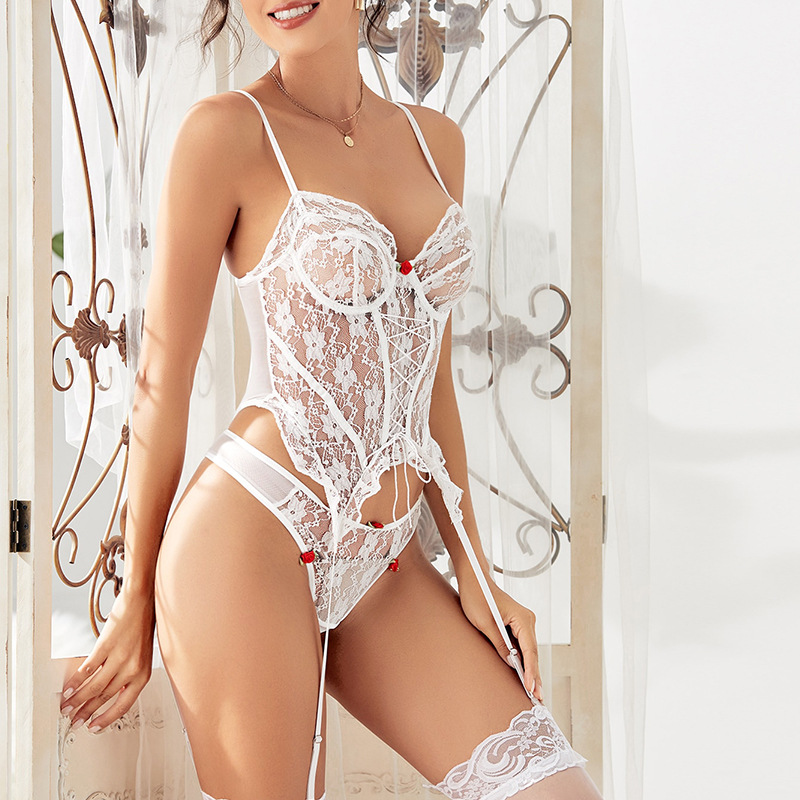
Logistics, lead times, and shipping considerations
Logistics shape overall sourcing success in costume production. Wholesale cosplay costume fabric suppliers in proximity to ports shorten transit times. Air freight suits urgent drops, but sea freight yields lower per-unit cost for large orders. Proper labelling and correct HS codes reduce customs delays in international shipments. Warehouse consolidation services help manage multi-supplier orders for mixed-material costumes. Buffer time for pre-shipment inspections and dye corrections prevents last-minute rushes. Seasonal congestion around major events requires early booking of freight slots. Domestic warehousing options reduce transit variability for fast-turn brands. Clear routing instructions and palletization guidelines minimize damage during handling and unpacking.
Sustainability, eco fabrics, and production footprint
Sustainability influences supplier selection and brand positioning today. Wholesale cosplay costume fabric suppliers increasingly list recycled polyester and organic cotton options. Low-water reactive dye processes lessen environmental impact for printed panels. Certifications like GRS and OEKO-TEX signal credible eco claims to buyers and consumers. Small-batch printing helps avoid overproduction and reduces waste disposal. Brands that publicize sustainable sourcing practices attract conscious consumers. Responsible suppliers provide data on fiber origins and factory energy practices. Repairable construction and modular designs extend costume life cycles. Lifecycle thinking benefits communities and reduces long-term waste from ephemeral event garments. Prioritizing sustainable materials aligns costume production with modern ethics and market expectations.
JSY lingerie wholesale business and inquiry invitation
JSY focuses on intimate apparel wholesale and operates alongside costume suppliers to serve diverse retailers. The company supplies lingerie, swimwear, and thematic lingerie collections for performance and retail. JSY offers private label services, size grading, and packaging solutions tailored for bulk buyers. Their in-house QC team inspects elastic integrity and seam strength before shipment. Buyers receive catalog samples, measurement charts, and MOQ terms upfront. JSY supports B2B clients with consolidated shipping and drop-shipping options globally. Companies interested in co-developing lingerie or crossover costume lines may request a product brief and MOQ quote. Contact JSY through the provided channel to start a tailored inquiry and obtain swatches and lead time estimates for evaluation.
List of practical procurement steps
-
Define fabric performance needs clearly, including stretch and opacity.
-
Request printed proof rolls for color and pattern accuracy.
-
Secure test certificates for flame and chemical compliance.
-
Negotiate MOQ tiers tied to forecasted volume windows.
-
Plan logistics with buffer days for inspection and customs.
Interpreting the procurement steps for action
These procurement steps reduce risk and accelerate production cycles when followed consistently. Specifying performance needs early guides suppliers to recommend suitable fiber blends and finishes. Printed proofs confirm pattern repeat accuracy across yards prior to mass runs. Compliance documentation prevents venue or retail rejections due to safety issues. MOQ negotiation aligns supplier capacity with realistic forecasting and budget constraints. Buffering logistics for inspection and customs avoids rushed corrections that raise costs. Following a clear procurement regimen fosters stronger supplier partnerships and smoother seasonal rollouts for costume and lingerie projects alike.
Comparative table of fabric types and best uses
| Fabric Type | Typical Use | Durability |
| Polyester Spandex | Bodysuits, activewear cosplay | High |
| Printed Satin | Costume skirts, capes | Medium |
| Brocade | Armor accents, period costumes | High |
| Sheer Mesh | Veils, overlays | Low |
Why the fabric comparison matters for buyers
Selecting the right fabric type affects performance and perceived quality at events and photoshoots. Poly blends deliver stretch and recovery essential for tight-fitting cosplay suits. Printed satin offers sheen suitable for stage lighting and hero portraits. Brocade provides weight and structure for armor-inspired garments and formal silhouettes. Sheer mesh enhances layering but requires careful seam finishing to avoid runs. Durability informs wardrobe rehearsal expectations and rental viability for cosplay houses. Matching fabric to costume function reduces repair workload and increases wearer satisfaction during long convention days. Smart selection minimizes returns and enhances brand reputation among fans.
Practical buying checklist and vendor due diligence
A practical checklist supports safe vendor decisions in a crowded market. Verify business registration and years of trading for prospective suppliers. Request client references and view recent production photos or sample packs. Confirm returned goods policies and warranty terms for bulk textile orders. Ask about capacity for repeat orders and emergency restocking options. Test swatches under event lighting to ensure expected color rendering. Check for digital print calibration and repeat control for franchise-licensed projects. Insist on encrypted payment terms and secure bank verification to prevent fraud. Thorough due diligence lowers commercial risk and strengthens long-term sourcing outcomes.
Final recommendations and next steps
Approaching wholesale fabric sourcing methodically improves product launches and seasonal readiness. Begin with clear technical briefs and realistic timelines for sampling. Use staged orders to validate supplier quality before scaling production. Balance cost with certification needs when planning safety-critical costumes. Develop contingency routes for logistics to handle event-driven demand peaks. Integrate sustainable choices into your sourcing policy when feasible. Maintain open lines with suppliers and keep records of dye lots and batches. These practices safeguard production quality and protect brand reputation among passionate cosplay communities. Strong sourcing foundations help brands scale reliably and creatively.
Domande frequenti
What distinguishes top wholesale cosplay costume fabric suppliers from average vendors?
Top suppliers combine consistent material quality with clear technical documentation. They maintain measured dye lots and provide test certificates when required. Experienced vendors offer flexible MOQ tiers and prioritize communication on lead times. Reliable suppliers show a track record of servicing event-driven schedules for conventions and tours. They also provide sample systems and corrective procedures for print deviations. Average vendors may offer low prices initially but lack quality controls and consistent color matching. Brands that prioritize verified supply chains avoid production surprises and expensive last-minute fixes. Choosing the right supplier protects both creative integrity and operational timelines.
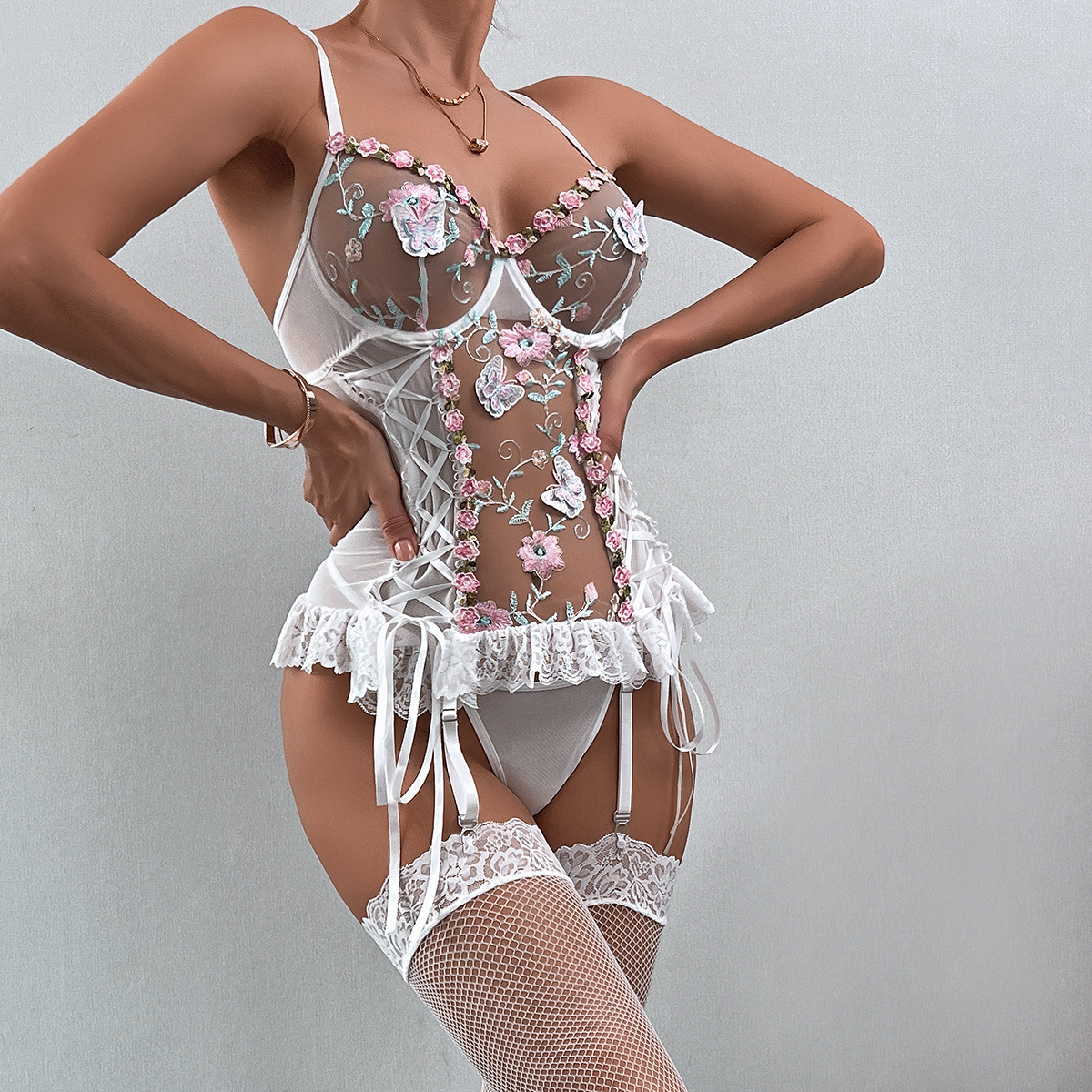
How can small brands negotiate favorable MOQ and pricing terms?
Small brands can negotiate by presenting credible forecast data and planned reorder cadence. Offering tiered commitments unlocks lower unit pricing as volumes increase. Consider co-op buys with other designers to reach MOQ thresholds affordably. Requesting lab dips and proofs before committing reduces the perceived risk for suppliers. Proposing staggered payment terms for larger dye lots helps suppliers manage cash flow. Demonstrating a clear market plan and pre-sold units builds buyer credibility. Many suppliers respond positively to transparent volume forecasts and reasonable flexibility in timelines. Negotiation succeeds when both parties view the relationship as a scalable partnership.
What are common pitfalls when ordering printed panels for licenses and franchises?
Ordering printed panels for licensed costumes often trips buyers on color accuracy and copyright clearance. Ensure digital proofs match franchise color standards before mass printing. Confirm printed repeat sizes correlate to pattern placement on garments. Licensing contracts sometimes restrict fabric usage, so verify permitted applications early. Watch for dye lot variances that affect consistency across multiple batches. Failing to request test washes can reveal bleeding issues after construction. Plan for extra margin in pattern placement when dealing with seams and matching across panels. Addressing these points in pre-production prevents legal issues and costly rework during final assembly.



